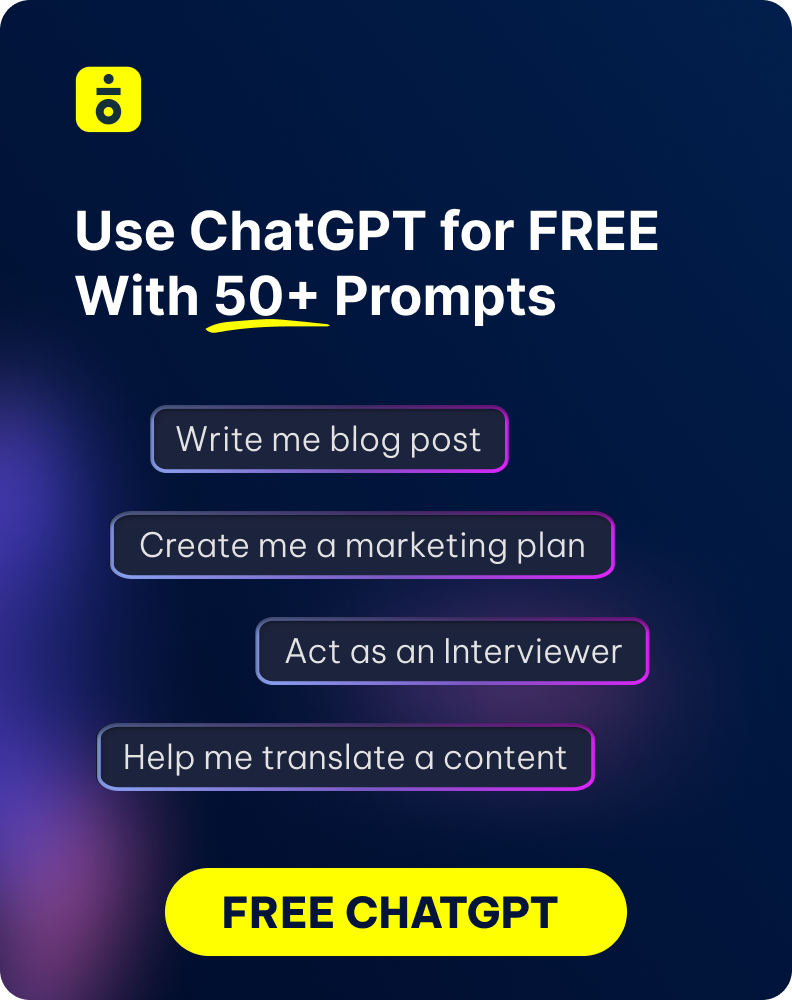Paid media, such as television and online advertisements, can be a powerful tool to drive sales and reach new customers. But it can also be daunting to get started without the right advice and guidance. That’s why we’ve created this guide – to help you understand the essential steps for creating an effective paid media strategy.
We’ll take you through the basics, from understanding your target audience to choosing the right channels for your message. We’ll also discuss how to measure success so you know if your paid media efforts are working. Finally, we’ll provide some tips and tricks for getting the most out of your budget.
So if you want to unlock the secrets of successful paid media, let’s get started!
Define Your Target Audience

Creating an effective paid media strategy starts with a thorough understanding of your target audience. You need to know who they are, what they respond to, and why they’re likely to take action. To truly understand your target audience, start by researching their demographics, interests, and behavior in detail.
This may include things like age, gender, education level, job title or type of employment, income range, area of residence and other factors. You may also want to ask yourself questions such as: What motivates them? What kind of content resonates with them? What platforms do they use most? And how does this audience interact with my brand or product?
By taking the time to define your target audience in detail from the outset you can create a focused paid media strategy that better resonates with the people it’s intended for and ultimately leads to more success.
Do Comprehensive Keyword Research
Doing comprehensive keyword research is essential for forming an effective paid media strategy. Why? It allows you to get an in-depth understanding of the words and phrases your target audience is using when they are looking for information or products related to your business.
By doing keyword research, you can gain insights into what kind of content resonates with your audience, as well as where they are searching for it. This will help you create ads that connect with them on a deeper level and increase its chances of being seen by those who are most likely to be interested in your product or services.
For example, if you were targeting people interested in buying yoga mats, broad keywords like “buying yoga mats” would work but more specific ones such as “eco-friendly yoga mats” or “best lightweight yoga mats” would be even better.
Through comprehensive keyword research you can identify which words will get the highest return on investment, helping you craft more effective ads that get better results.
Read more:
Choose the Right Ad Placement
Selecting the right ad placement can be the difference between an engaged audience and one that just scrolls past your posts. Here are some things to consider when choosing the right ad placement:
Target Audience
The most important factor when it comes to ad placement is your target audience. Consider where they spend their time on the internet, which platforms they use, and what type of content they engage with. With this information you can choose the best platforms for your ads.
Platforms
Once you have identified your target audience, it’s time to select the best platform for your ad. Think about which platforms offer you access to your desired demographic and which have features that could benefit or hinder your campaign. Popular choices include Facebook, Google Adwords, and Instagram, but there are many other options as well.
Formatting
Another important factor when it comes to ad placement is formatting. For instance, if you’re targeting a mobile audience, vertical video ads are more likely to stand out than traditional horizontal ads. Additionally, take into consideration what type of content resonates with your target audience – think photos, videos or text-based campaigns – and then make sure to format accordingly.
Craft Engaging Ad Copy

Once you have identified your target audience and built a plan for where and when to promote your content, the next step is to craft engaging ad copy. A compelling ad should capture attention, capture a user’s interest, and ultimately lead the user to take action. Here are some tips for writing effective ad copy:
- Keep it short and sweet – avoid long paragraphs of text; focus on using keywords that will grab attention and be easy to understand.
- Personalize your message – use relevant customer information or data points to tailor your message to specific audiences.
- Know the right tone – take into account the kind of audience you are targeting; use language that is appropriate for that demographic and speaks directly to their interests.
- Incorporate visuals – add visuals such as images or videos which can be more engaging than plain text alone; they also give users a better sense of what they are looking at and help them connect with your brand on a deeper level.
- Test out different versions – create multiple versions of an ad with varying amounts of text, images, colors, etc., in order to determine which combination works best with each target audience segment.
Ad copy should be targeted at each individual audience segment in order for it to be effective; use customer data points or insights from previous campaigns as you write your ads in order to ensure maximum engagement.
Use Conversion Tracking to Optimize Performance
When it comes to your paid media strategy, conversion tracking is an essential tool to measure the success of your campaigns and identify areas where you can tweak and optimize. Conversion tracking allows you to track when a user performs a specific action, such as clicking on a link or purchasing an item.
By using conversion tracking, you can better assess the success of your campaigns, determine the best performing channels, and adjust your strategy accordingly. Here are the five steps to implementing conversion tracking:
- Set up goals and objectives.
- Identify which actions qualify as a conversion.
- Set up tracking codes on your site for each goal or objective.
- Collect and analyze conversion data for each campaign.
- Optimize campaigns based on results of the data collected (i.e., changing creative or targeting).
By following these steps, you can track user behavior and make sure that you are getting the most out of every dollar you spend on paid media campaigns.
Conclusion
Paid media can offer a much-needed boost to any business or organization. When implemented correctly, it can drive results, no matter the size or scale of your operation. The key to success lies in keeping the five steps in mind: targeting the right audience, researching keywords, creating the right placement and copy, and tracking conversions. By following these steps, you can give your business the advantage it needs to stand out and reach its goals.

